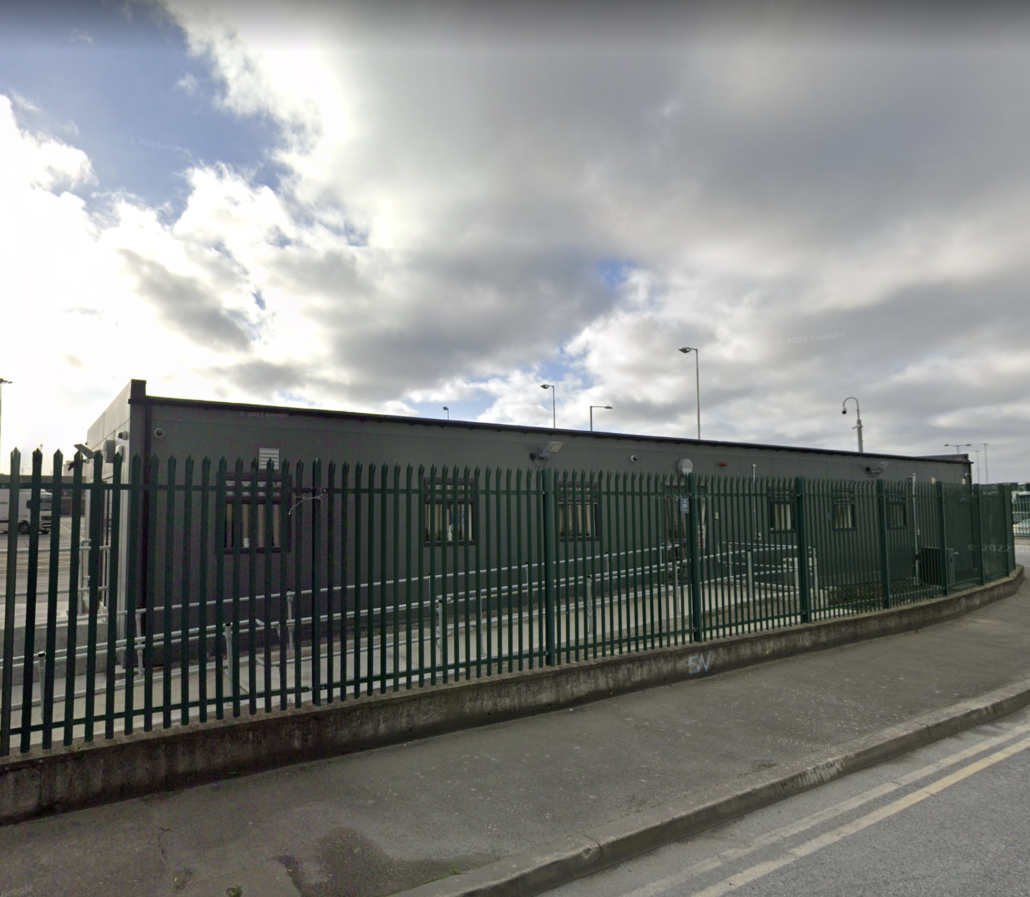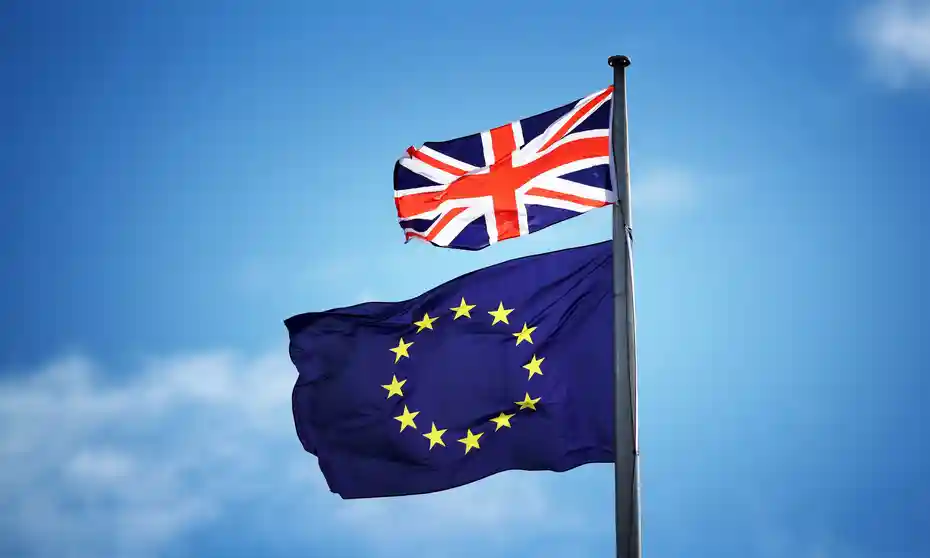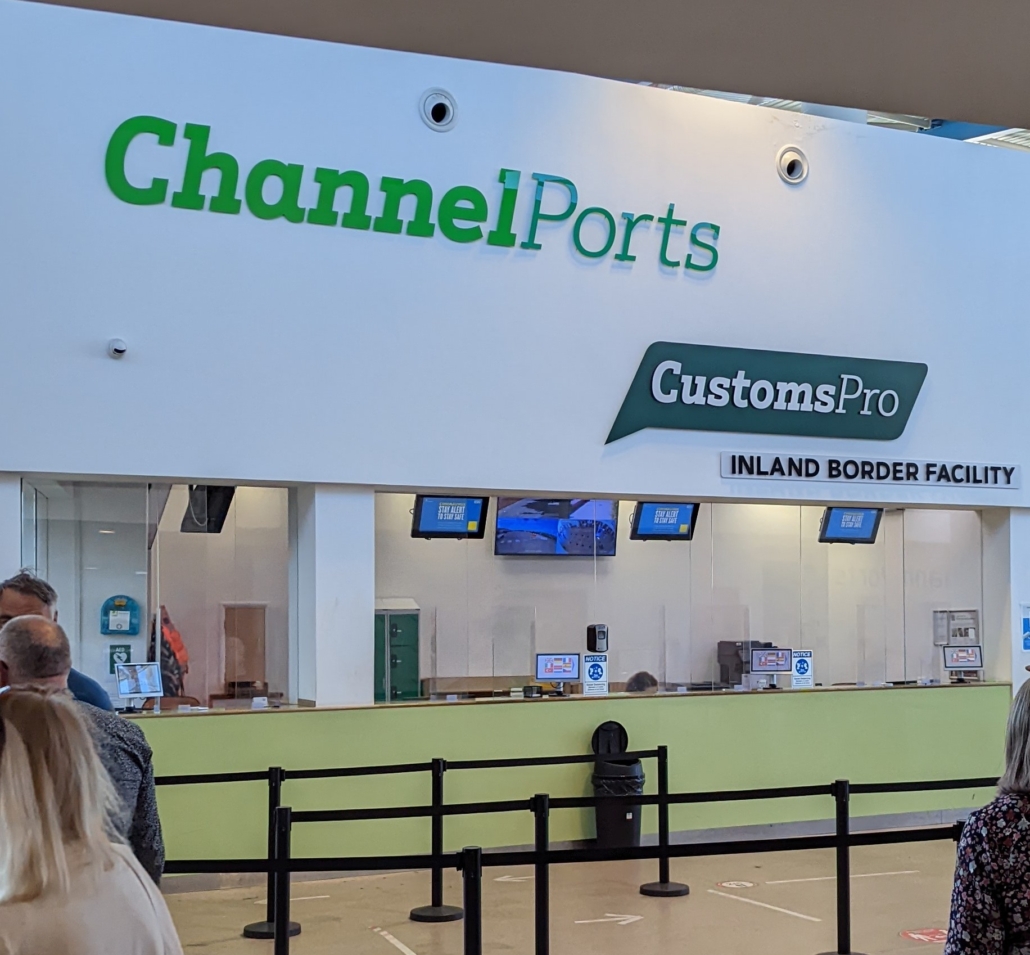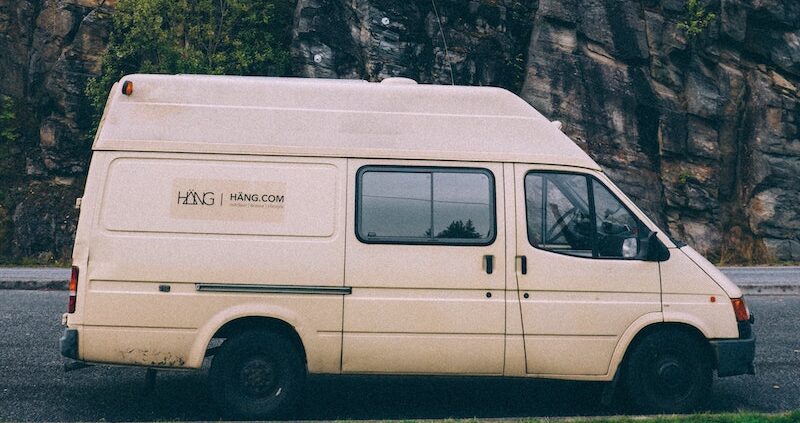Brexit has changed the landscape of EU touring for UK artists. One of the questions we get asked the most is What is a Carnet and why do we need one? Hopefully this blog post can help answer some of your questions!
What is an ATA Carnet?
An ATA (Admission Temporaire/Temporary Admission) Carnet is a temporary international customs document that facilitates the temporary import and export of goods. Essentially they are a ‘Passport for Goods’ or the equipment you take on tour, enabling you to import and export them without paying import duty or VAT.
The carnet consists of a book of vouchers and counterfoils. It has a front and back cover, inside of which are counterfoils and vouchers for each country you will visit.
Once a carnet is issued it can be used for multiple trips within a one year time period from its issue date.
The vouchers act as receipts for importation and re-exportation and are kept by international customs officials. The counterfoils are stamped by these customs officials and are kept by the carnet holders.
Covering Pages
These contain the information about the goods, registered users of the carnet, and notes on the usage of the goods.
General list
A list of all goods (or pieces of equipment) covered with this carnet, with serial numbers and approximate values.
Counterfoils
These are used as evidence for the carnet holders in case duties and taxes are claimed at a later stage.
Vouchers
These are used as receipts, and are detached from the carnet and kept by customs officials.
Yellow, white and blue counterfoils and vouchers
- Yellow certificate sets (counterfoils only) are the Registration of Goods that will return to the country of origin. A yellow certificate set includes an exportation counterfoil and a re-importation counterfoil.
- White certificate sets (includes counterfoils and vouchers) are used by foreign customs. A white certificate set includes a white importation counterfoil, a white importation voucher, white re-exportation counterfoil and a white re-exportation voucher.
- Blue certificate sets (includes counterfoils and vouchers) are used by foreign customs to track goods that are within their borders but have not cleared customs. These goods are in transit. A blue certificate set includes two blue transit counterfoils and two blue transit vouchers.
For a nice visual of the carnet, check the official ATA carnet website: https://www.atacarnet.com/carnet-document
After you have finished with the tour, the Carnet must be returned to the chamber of commerce by which it was issued.
Why does my band need a Carnet?
The ATA carnet is now the document most widely used by the business community for international operations involving temporary admission of goods. The ATA Carnet system is used in 78 countries and territories.
The main benefits of a carnet are:
- Simplifies customs clearance of goods in exporting and importing countries by replacing customs documents that would normally be required;
- Provides a financial security for customs charges potentially due on the goods that will be used in the countries visited;
- Helps to overcome language barriers and having to complete unfamiliar customs forms
Without a carnet, you run the risk of being fined, having your equipment impounded, and paying import duties.
What does an ATA cover?
There are 38 categories of goods covered by ATA Carnets. The most common uses are:
- Commercial samples
- Professional equipment
- Goods for trade fairs or exhibitions
In short, guitars, audio and lighting equipment, electronics, wardrobe, set design, trailers, and anything else non perishable involved in the tour would fall into these categories.
ATA Carnets do not cover good to be hired out or sold for commercial gain, perishable or consumable items, or goods for processing or repair.
How do I get a carnet?
We use Rock-It Global for our carnet applications. To apply you will need a list of all of your equipment you will be taking on tour, and the value and serial numbers associated with each piece of equipment.
The price of a carnet is around £400 + VAT. Note that a carnet can be used for multiple trips during a 12 month period.
It’s my first time using a Carnet! What do I do?
See our post CROSSING INTO THE EU FROM THE UK for a case study on a recent tour with UK Psych Rock band Los Bitchos.
First up, armed with carnet in hand, you’ll want to visit the customs office of the country where you received the Carnet (the UK for us at Chuckwalla Touring!) before you depart. This could be an inland border facility in the UK if travelling by bus or van, or a customs office inside your departure airport if travelling by air.
The customs official will fill out a yellow counterfoil for exportation out of the UK.
In the goods section of the Yellow counterfoil, specify what pieces of equipment you are carrying with you on this trip. You don’t have to carry everything on your general list of goods each, just mark what you are carrying (eg. If you have 100 items on your general list, but are only carrying the first 20 mark 1-20).
When you arrive in your destination country, you will hand the carnet to a customs official. They will fill in a white voucher and counterfoil for importation into the destination country.
When departing to another country, customs in the country of departure will fill out a white re-exportation voucher and counterfoil, and in the country of arrival customs will fill in a white importation counterfoil and voucher.
If arriving back to the UK, customs will fill out a yellow re-importation counterfoil.
What happens if my Carnet is lost or stolen?
You should obtain written confirmation that says the customs authority where the Carnet was lost or stolen will accept a replacement carnet. Contact the chamber who issued your Carnet, who can then send a replacement Carnet on request.
Any questions, please leave us a comment or contact us by email / DM on IG, we’d be happy to help!






 Chuckwalla Touring LTD
Chuckwalla Touring LTD